Sign up for workout ideas, training advice, reviews of the latest gear and more.

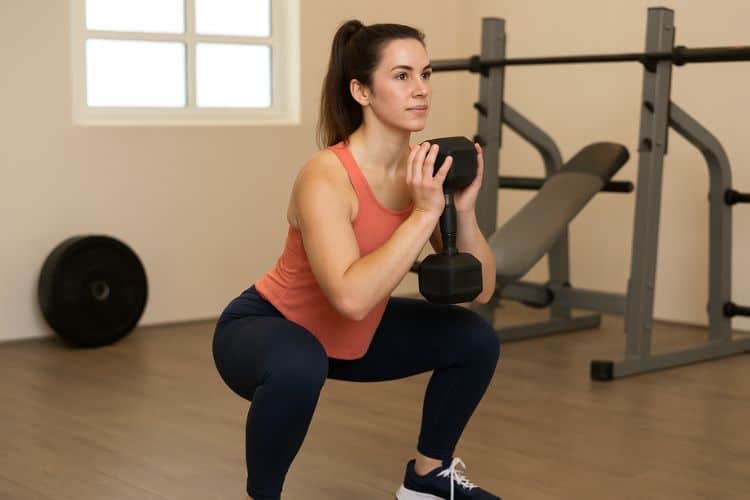
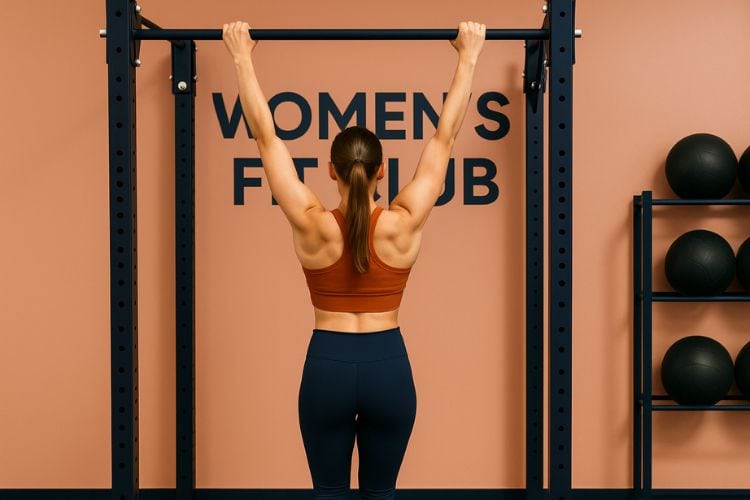
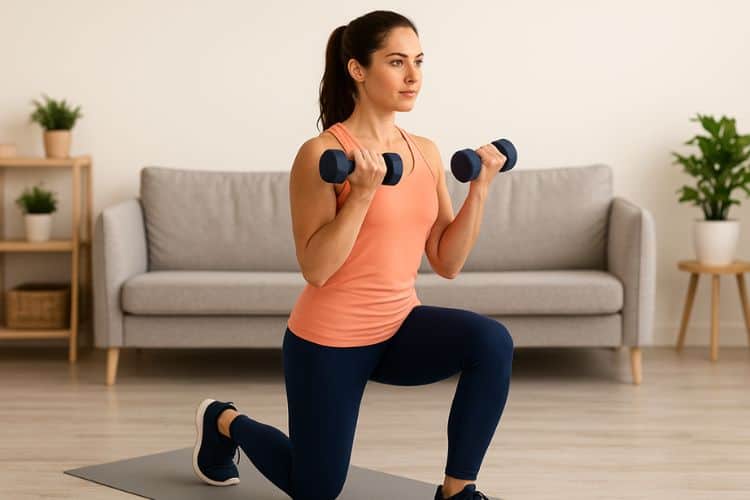
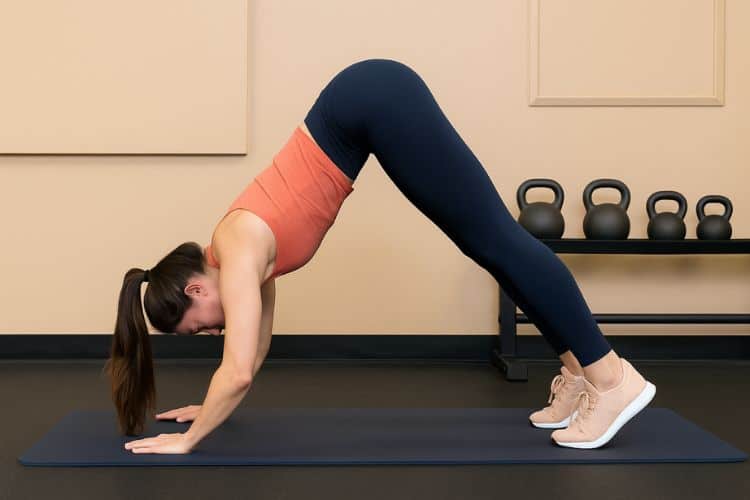
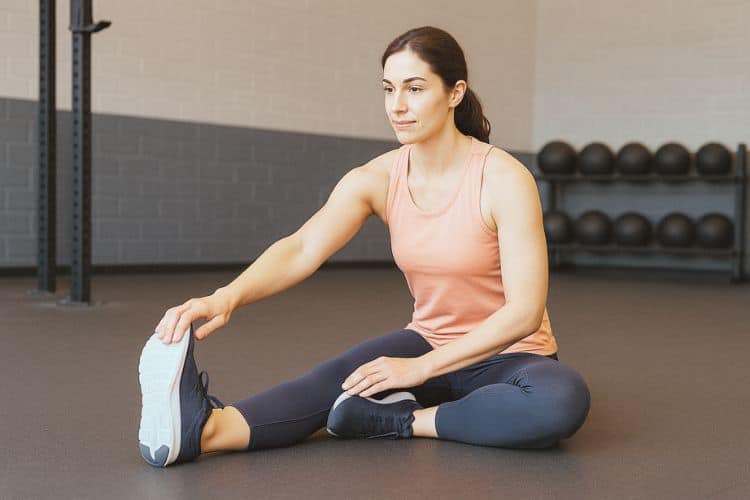
High-Intensity Interval Training (HIIT) pushes your body to its limits—fast bursts of intense effort followed by short rest periods. While this type of training builds strength, endurance, and burns fat efficiently, many women forget one crucial element at the end of their workout: stretching. Stretching after HIIT isn’t just a feel-good cooldown—it’s essential for recovery, flexibility, injury prevention, and long-term performance. In this article, we’ll explore the science-backed benefits of stretching after a HIIT workout, how it supports your muscles and mind, and the best post-HIIT stretches to include in your routine.
A HIIT session leaves your heart rate elevated, your muscles tight, and your nervous system activated. Without proper cooldown and stretching, your body remains in a “fight-or-flight” state, increasing soreness, fatigue, and stiffness.
Stretching helps the body transition from high intensity to relaxation mode. It promotes blood flow, helps flush out lactic acid, and restores normal muscle length. Whether you’re doing a 20-minute full-body HIIT workout or a 45-minute advanced session, stretching afterward is the bridge between effort and recovery.
After HIIT, your muscles are flooded with metabolites such as lactic acid that can cause stiffness and soreness. Gentle static stretching helps disperse lactic acid, improve blood circulation, and accelerate recovery.
Targeting the major muscle groups—quads, hamstrings, glutes, shoulders, and calves—can relieve the post-HIIT “tight” feeling and improve mobility for your next workout.
Regular post-workout stretching gradually increases your range of motion, making every squat, lunge, and jump more efficient. Flexible muscles and joints allow you to perform HIIT exercises with better form and control, reducing compensations that lead to injury.
Over time, improved flexibility enhances your overall athleticism and makes daily movements—like bending, reaching, or lifting—feel effortless.
HIIT causes tiny microtears in your muscles, which is part of the strength-building process. Stretching post-workout enhances nutrient delivery and oxygen flow, helping repair those microtears faster.
This speeds up recovery, so you feel ready to take on your next workout sooner. For women following structured routines—like a 4-week HIIT challenge—stretching ensures you can stay consistent without needing excessive rest days.
Tight muscles are more susceptible to strains and pulls. Stretching restores muscle elasticity and joint alignment, which prevents injuries over time.
By incorporating cooldown stretches after every HIIT session, you’re actively protecting your body from overuse injuries, especially in commonly strained areas like the hamstrings, hips, shoulders, and lower back.
During HIIT, your muscles contract repeatedly, and your heart rate surges to pump oxygen through your body. Stretching afterward supports circulatory recovery, helping normalize your heart rate and prevent blood from pooling in your extremities.
Improved circulation also aids lymphatic drainage, which removes toxins and metabolic waste—reducing inflammation and promoting faster healing.
Intense training can cause imbalances—tight hip flexors from squats, stiff shoulders from push-ups, or a sore back from plank variations. Stretching helps re-align your posture by lengthening shortened muscles and reducing tension in overactive ones.
Women who train regularly often notice improved posture, reduced back pain, and greater ease in maintaining proper exercise form over time.
Mobility is the ability to move freely through a joint’s full range of motion. It’s key to sustainable fitness. HIIT improves strength and endurance, but stretching maintains mobility so that your strength translates to functional movement.
Stretching after HIIT ensures your progress doesn’t come at the cost of tight joints or restricted movement.
After the adrenaline rush of a HIIT workout, stretching acts as a reset button for your nervous system. Slow, controlled breathing during stretching activates the parasympathetic (“rest and digest”) response, calming the mind and stabilizing the heart rate.
This mental cooldown reduces stress, anxiety, and tension—helping you leave the gym or home workout space feeling grounded and at peace.
Stretching enhances body awareness. When you focus on the muscles you’ve just worked—like feeling your quads elongate or your shoulders open—you strengthen the mind-muscle connection.
This awareness helps you perform future exercises more intentionally, improving form and results in your next HIIT session.
The few minutes you spend stretching after HIIT can become a mini-meditation. It’s a time to breathe deeply, reflect on your effort, and practice gratitude for your body’s capabilities.
For many women, this ritual turns exercise from a physical routine into a mental recharge—making fitness a holistic act of self-care.
Not all stretching is created equal. The best stretches post-HIIT are static stretches—where you hold a position for 20–40 seconds. These differ from the dynamic stretches you’d use in a warm-up.
Below are the most effective post-HIIT stretches for full-body recovery.
Targets: Front of thighs (quadriceps)
How to do it:
Stand tall, bend your right knee, and bring your heel toward your glutes. Grab your ankle with your right hand, keeping your knees close. Hold for 30 seconds per side.
This stretch relieves tension built up from sprints, jump squats, or lunges.
Targets: Back of thighs (hamstrings)
How to do it:
Sit on the floor with one leg extended and the other bent inward. Reach for your toes while keeping your back straight. Hold for 30–45 seconds per leg.
Perfect for loosening muscles after deadlifts, burpees, or mountain climbers.
Targets: Hips, glutes, and thighs
How to do it:
Kneel on your right knee, step your left foot forward, and gently push your hips forward until you feel a stretch in your right hip. Hold for 30 seconds and switch sides.
This counteracts the tightness caused by jumping or squatting movements.
Targets: Lower back, shoulders, and hips
How to do it:
Kneel on the floor, bring your big toes together, and stretch your arms forward as you lower your torso toward the mat. Hold for 45 seconds to 1 minute.
A restorative pose that helps relax the spine and calm the nervous system.
Targets: Chest and shoulders
How to do it:
Stand near a wall and place one hand flat on it at shoulder height. Slowly rotate your body away from the wall until you feel a stretch across your chest and shoulder. Hold for 30 seconds per side.
This releases tension from push-ups, plank shoulder taps, and burpees.
Targets: Glutes and hips
How to do it:
Lie on your back, cross your right ankle over your left knee, and gently pull your left thigh toward your chest. Hold for 30–40 seconds each side.
An excellent stretch for the glutes after HIIT moves like jump lunges and squats.
Targets: Spine and back
How to do it:
Start on all fours. Inhale as you arch your back (cow), and exhale as you round it (cat). Continue slowly for 8–10 breaths.
This dynamic stretch improves spinal mobility and helps release tension in the back and core.
A good post-HIIT stretch should last 5–10 minutes, focusing on major muscle groups used during your session. Each stretch should be held for 20–45 seconds, repeated twice per side if needed.
For longer workouts or intense routines, extend your cooldown to 10–15 minutes and include deep breathing or foam rolling.
To get the most out of your cooldown, follow these science-based stretching tips:
Perform your stretches immediately after your HIIT workout while your muscles are still warm and pliable. This allows for deeper, safer stretches and greater flexibility gains.
Avoid jerky or bouncing movements. Instead, move gently into each stretch until you feel mild tension, not pain. Overstretching can cause microtears and hinder recovery.
Deep, steady breathing increases oxygen flow to your muscles, improves relaxation, and enhances recovery. Try inhaling through your nose for four seconds and exhaling through your mouth for six.
HIIT engages multiple muscle groups. Ensure your cooldown includes the entire body—legs, hips, back, shoulders, and arms—for balanced recovery.
Foam rolling before or after stretching can help release tight fascia and muscle knots, improving flexibility and circulation.
Stretching after every HIIT workout doesn’t just improve short-term recovery—it transforms your long-term fitness results.
When your muscles recover efficiently, you can train harder, more often. This consistent recovery cycle enhances endurance, strength, and fat-burning potential.
Stretching supports your body’s ability to adapt to the high stress of HIIT training. It helps prevent burnout, fatigue, and chronic pain—common signs of overtraining.
Regular flexibility work ensures your joints and muscles stay healthy, so you can continue doing high-intensity workouts safely for years to come.
Cooling down and stretching after HIIT promotes relaxation and lowers cortisol levels, improving sleep quality—a critical factor for muscle growth and fat loss.
If you want a simple yet effective routine, try this 10-minute sequence after your next HIIT workout:
Finish with a few deep breaths in seated forward fold to calm your body completely.
Stretching after a HIIT workout may feel optional, but it’s truly essential for lasting fitness results. These few minutes of mindful recovery can make the difference between constantly sore muscles and a strong, balanced, flexible body ready to crush your next session.
By taking time to stretch, you’re honoring the work you’ve just done—helping your body rebuild stronger, move better, and recover faster. It’s a small investment that pays big dividends in performance, longevity, and total well-being.
For those who are looking to expand your post-workout recovery and flexibility knowledge, check out these related articles on.
Stay up to date on the latest women’s health, fitness and lifestyle trends and tips.